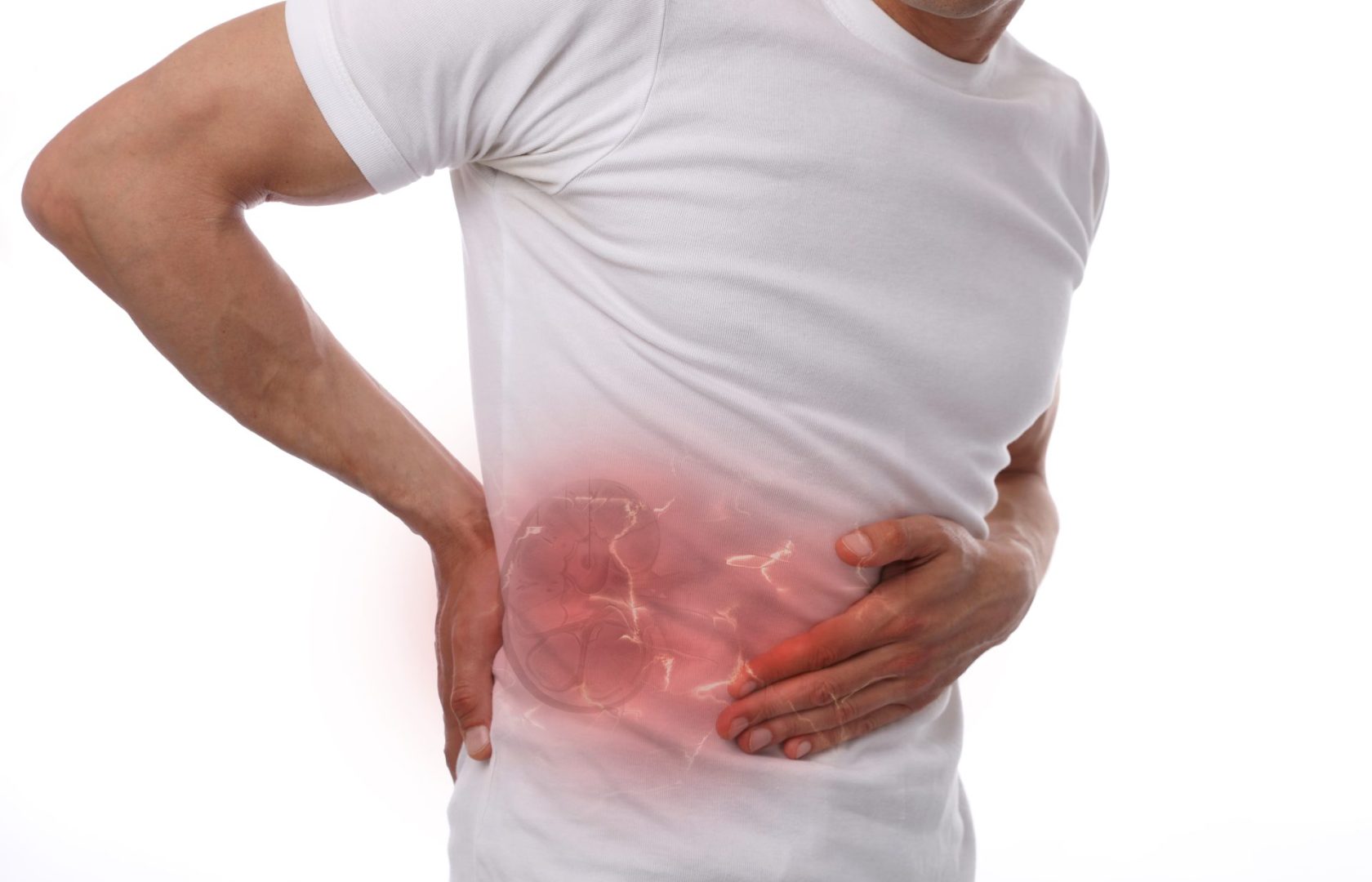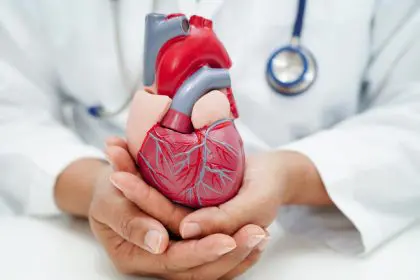This essential guide reveals how to protect your kidney health before it’s too late
Your kidneys might not get as much attention as your heart or brain, but these fist-sized organs work tirelessly around the clock, filtering waste from your blood, balancing crucial minerals, and keeping your entire body functioning properly. When chronic kidney disease (CKD) develops, these vital functions begin to falter—often without obvious symptoms until significant damage has occurred.
An alarming 37 million American adults are currently living with CKD, yet approximately 90% have no idea their kidneys are compromised. This “silent epidemic” progresses slowly over months or years, making early detection critical for preventing irreversible damage.
Recent medical advances have transformed our understanding of kidney health, revealing that many cases of CKD can be slowed or even halted with proper intervention. Here’s what you need to know about this underrecognized condition that could be affecting you or someone you love.
What happens when kidneys begin to fail
Your kidneys perform several essential functions that keep your body running smoothly. They remove waste products and excess fluid from your bloodstream, help produce red blood cells, regulate blood pressure, balance minerals like calcium and phosphorus, and keep your bones strong.
CKD develops when these powerful organs sustain damage over time—specifically, for three months or longer. As kidney function gradually declines, waste products accumulate in the blood, and the body struggles to maintain proper fluid and mineral balance.
The disease progresses through five stages based on how well the kidneys filter blood, with stage 1 representing mild damage and stage 5 indicating kidney failure. Each stage requires different approaches to management and treatment.
What makes kidney disease particularly dangerous is that it significantly increases the risk of other serious health problems, particularly heart disease and stroke. In fact, most people with CKD eventually die from cardiovascular complications rather than kidney failure itself.
The 9 subtle symptoms you shouldn’t ignore
In its early stages, CKD often causes no noticeable symptoms, which explains why millions remain undiagnosed. As the disease progresses, however, the body begins showing signs of distress. Watch for these nine warning signals:
- Foamy or bubbly urine – This frothy appearance resembling beaten egg whites suggests protein is leaking into your urine, a key indicator of kidney damage.
- Changes in urination patterns – Either urinating more frequently (especially at night) or less often than usual may signal kidney problems.
- Unexplained fatigue – When kidneys can’t properly filter waste, toxin buildup can lead to persistent tiredness that rest doesn’t relieve.
- Itchy, dry skin – Mineral imbalances and waste accumulation can cause severe itching and skin dryness that moisturizers don’t resolve.
- Swelling in hands, feet, or ankles – When kidneys can’t remove excess fluid properly, it accumulates in tissues, causing noticeable puffiness.
- Shortness of breath – Fluid buildup in the lungs and anemia (common in kidney disease) can make breathing difficult, especially during physical activity.
- Metallic taste in mouth – Waste products building up in the blood can alter your sense of taste, creating an unpleasant metallic sensation.
- Nausea and decreased appetite – Toxin accumulation can trigger persistent queasiness and reduced interest in eating, often leading to unintentional weight loss.
- Trouble concentrating – Advanced kidney disease affects brain function, making it difficult to focus or think clearly.
As kidney function worsens, additional symptoms may develop, including muscle cramps, sleep disturbances, and breath that smells distinctly like ammonia or urine—often described as “fishy.”
Who faces the highest risk for kidney disease
While anyone can develop CKD at any age, certain factors significantly increase your vulnerability. The most common risk factors include:
Diabetes stands as the leading cause of kidney failure in the United States, with high blood sugar damaging the kidney’s filtering units over time.
High blood pressure forces the heart to work harder, damaging blood vessels throughout the body—including the critical ones serving the kidneys.
Heart disease and the kidneys have a two-way relationship—each condition worsens the other, creating a dangerous cycle of declining health.
Obesity places additional strain on the kidneys and increases the likelihood of developing diabetes and high blood pressure.
Adults over 60 experience natural kidney function decline with age, making them more susceptible to kidney disease.
Family history plays an important role, as some forms of kidney disease have genetic components that increase risk.
Previous kidney injuries, even those that seemed to resolve completely, can leave kidneys more vulnerable to future damage.
Smoking damages blood vessels and reduces blood flow to the kidneys, accelerating function loss.
For many people, CKD develops from a combination of these factors rather than a single cause. Other potential triggers include autoimmune conditions like lupus, inherited disorders such as polycystic kidney disease, and frequently untreated urinary tract infections.
How doctors diagnose kidney disease
Detecting CKD requires just two simple tests that should be part of regular check-ups for anyone with risk factors:
The estimated glomerular filtration rate (eGFR) blood test measures how effectively your kidneys filter waste from your blood. This number helps determine your CKD stage, with higher numbers indicating better function. Generally, sustained readings below 60 suggest kidney disease.
The urine albumin-creatinine ratio (uACR) test detects protein leakage into the urine—one of the earliest signs of kidney damage. Healthy kidneys keep albumin (a protein) in the bloodstream while filtering out creatinine. Finding significant albumin in urine indicates kidney filtering problems.
For a definitive CKD diagnosis, abnormal results must persist for at least three months. Your healthcare provider may order additional tests like kidney imaging or, rarely, a kidney biopsy to determine the exact cause and extent of damage.
Understanding your kidney numbers is crucial. The results create a comprehensive picture of your kidney health and help guide treatment decisions before symptoms ever develop.
The 7 most effective ways to protect your kidneys
If diagnosed with early-stage CKD, these seven strategies can help slow progression and reduce complications:
- Control underlying conditions – Managing diabetes, high blood pressure, and heart disease is the single most important step for protecting kidney function.
- Take prescribed medications faithfully – Several medication classes can specifically slow kidney damage, including ACE inhibitors, ARBs, SGLT2 inhibitors, and non-steroidal mineralocorticoid receptor antagonists (nsMRAs).
- Limit salt intake – Restrict sodium to less than 2,300 mg daily (about one teaspoon) by reading food labels carefully, as many processed foods contain surprising amounts of hidden salt.
- Adjust diet as needed – Based on blood test results, your healthcare provider may recommend modifications to potassium, phosphorus, and calcium intake. A registered dietitian specializing in kidney health can create a personalized eating plan.
- Avoid certain pain medications – Non-steroidal anti-inflammatory drugs (NSAIDs) like ibuprofen (Advil, Motrin), naproxen (Aleve), and prescription options can harm kidneys, especially with frequent use. Acetaminophen (Tylenol) is generally safer for kidneys when used as directed.
- Make lifestyle changes – Quit smoking, exercise regularly, maintain healthy weight, prioritize quality sleep, and find effective stress management techniques.
- Increase fruit and vegetable consumption – Plant-based foods help reduce blood acidity levels, which can slow kidney disease progression.
When kidney disease reaches advanced stages
As kidney function continues declining despite best efforts, additional treatments may become necessary:
Medical management becomes more complex, often requiring specialized care from a nephrologist (kidney specialist) and carefully coordinated treatment of complications like anemia, bone disorders, and high potassium levels.
Dialysis—either hemodialysis or peritoneal dialysis—artificially filters the blood when kidneys can no longer perform this essential function adequately. While life-sustaining, dialysis requires significant lifestyle adjustments.
Kidney transplantation offers the best outcomes for those with kidney failure, providing a functioning donor kidney that can restore normal filtration. However, limited organ availability means many patients face long waiting periods.
The future of kidney health
Recent years have brought encouraging advances in kidney disease treatment. New medications specifically target the mechanisms of kidney damage rather than just treating symptoms. Improved dialysis technologies offer more convenient and effective options. And innovative approaches to increasing the donor kidney pool hold promise for those needing transplants.
Prevention remains the most powerful strategy, however. Regular screening for those with risk factors, coupled with lifestyle modifications and prompt treatment of underlying conditions, could dramatically reduce the number of Americans facing kidney failure.
Understanding the silent threat of chronic kidney disease represents an important first step toward protecting these vital organs. By recognizing risk factors, getting appropriate testing, and implementing protective strategies early, you can safeguard your kidney health for years to come.


















